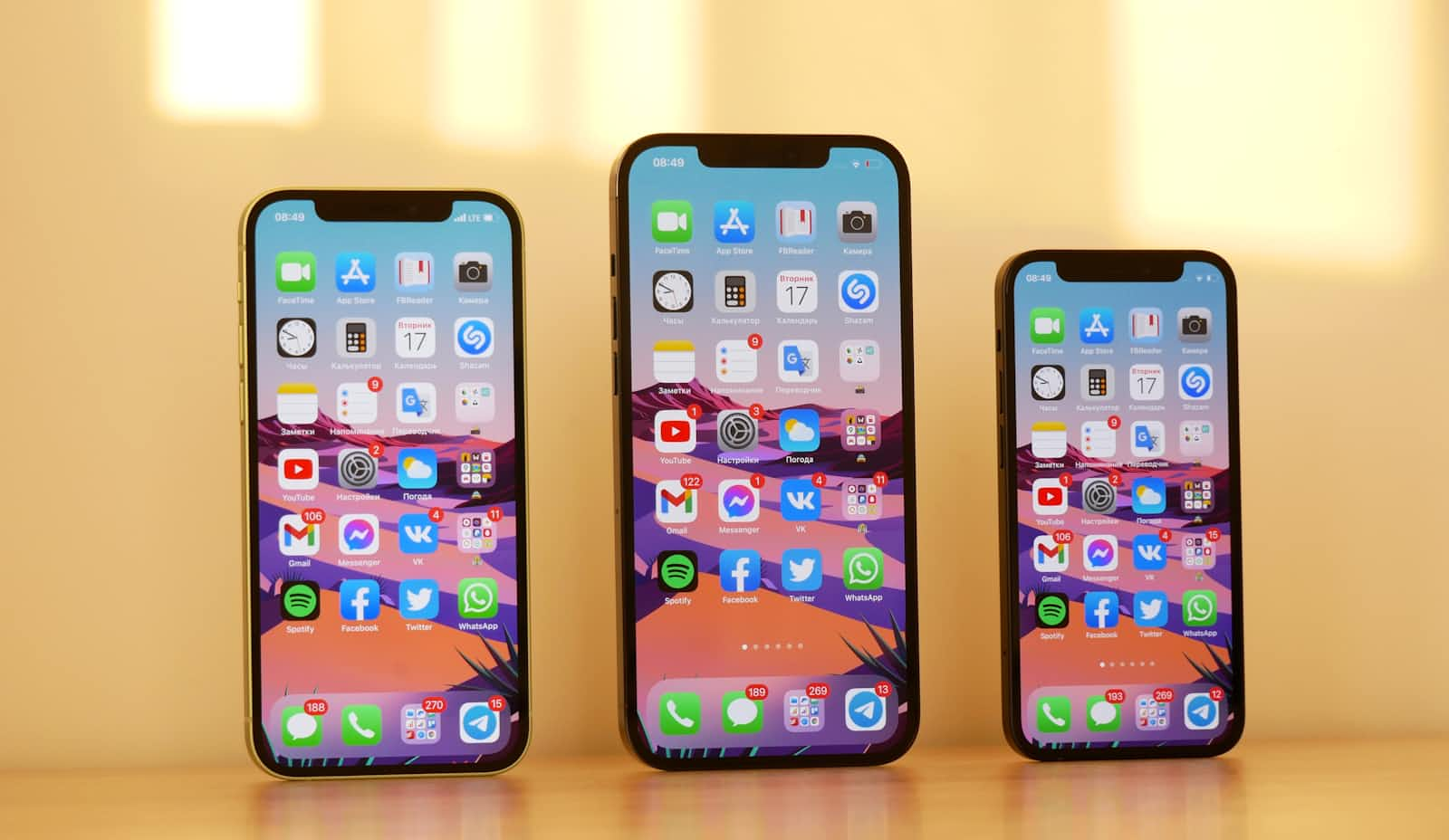Apple’s iPhone has more computing power than NASA’s computers during the moon landing.
 Nettribe Media
Nettribe Media
In 1969, NASA made history by landing astronauts on the moon. The technology used during the Apollo 11 mission was groundbreaking for its time, but by today’s standards, it seems incredibly basic. In fact, the average iPhone today has significantly more computing power than the computers NASA used to guide astronauts to the lunar surface.
NASA's Apollo Guidance Computer (AGC) was crucial for navigation and landing on the moon. It had a clock speed of just 0.043 MHz and 64KB of memory. By comparison, today’s iPhones with A17 Bionic chips can clock speeds up to 3.46 GHz and have 6GB to 8GB of RAM. This means iPhones are over 80,000 times faster, with thousands of times more memory.
While the AGC was carefully optimized to perform essential tasks during the Apollo mission, today’s iPhones handle far more complex operations simultaneously—like running apps, browsing the web, and streaming videos. The iPhone can perform trillions of operations per second, whereas the AGC could only manage about 85,000.
Despite the enormous difference in power, the AGC’s role was mission-critical, supporting life-or-death decisions in real time. The computing power of modern devices like the iPhone dwarfs that of NASA's 1960s tech, but the AGC’s precision and reliability were key to the success of the moon landing.
Today’s space missions use far more advanced technology than the Apollo program, but it’s humbling to realize that the moon landing was achieved with less computing power than what you hold in your hand every day. This remarkable comparison highlights the rapid pace of technological advancement and serves as a reminder of the ingenuity behind past and future space exploration.
Subscribe to my newsletter
Read articles from Nettribe Media directly inside your inbox. Subscribe to the newsletter, and don't miss out.
Written by
